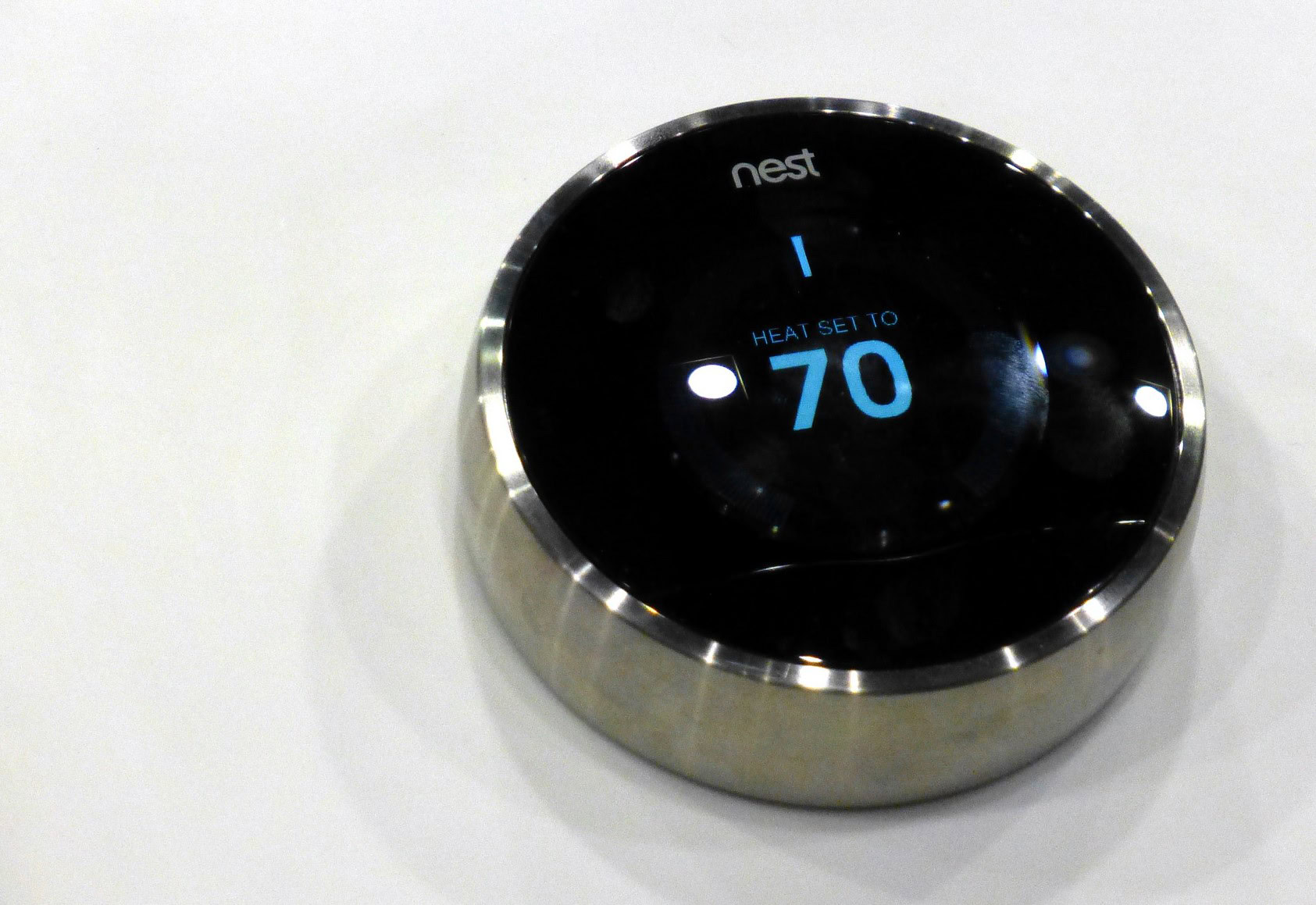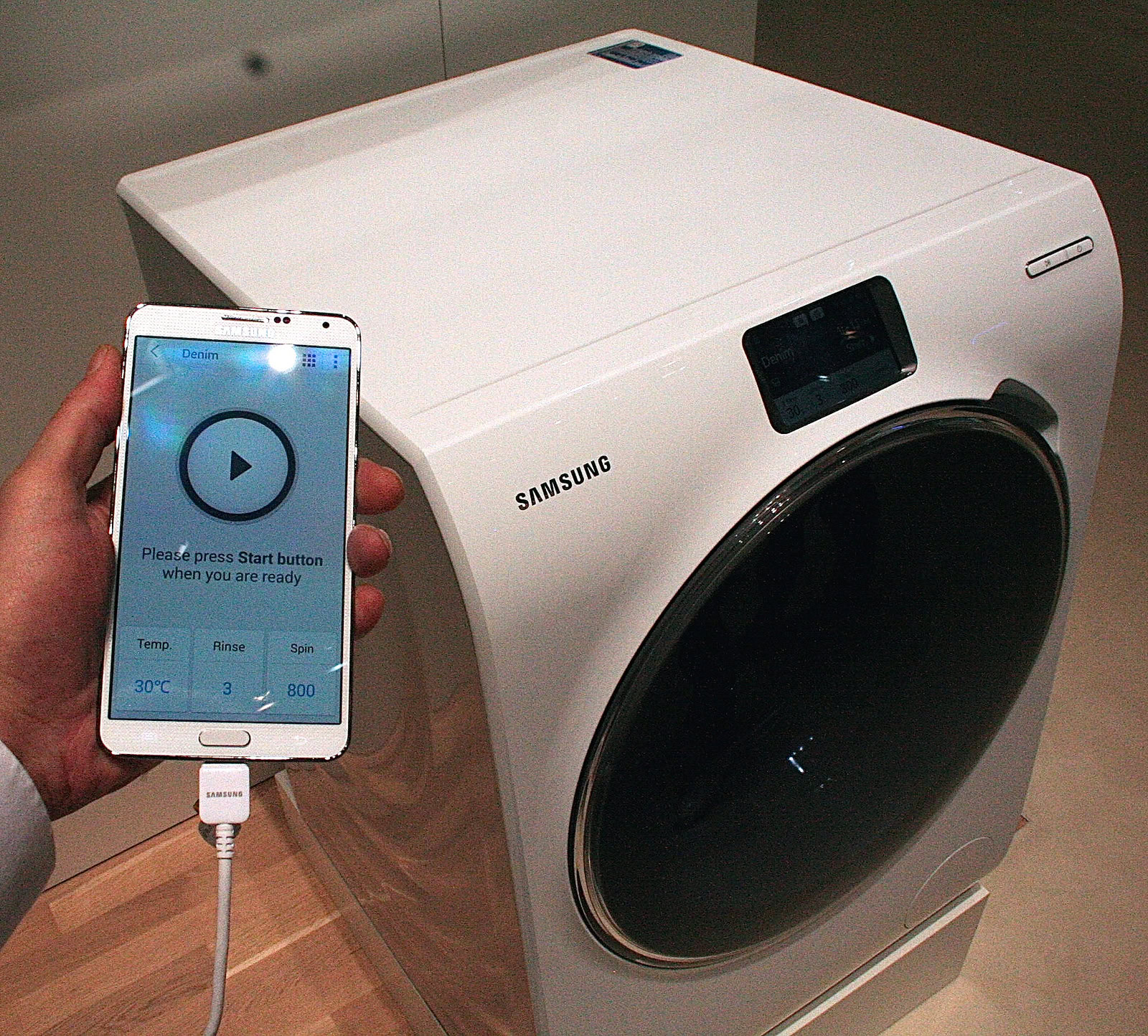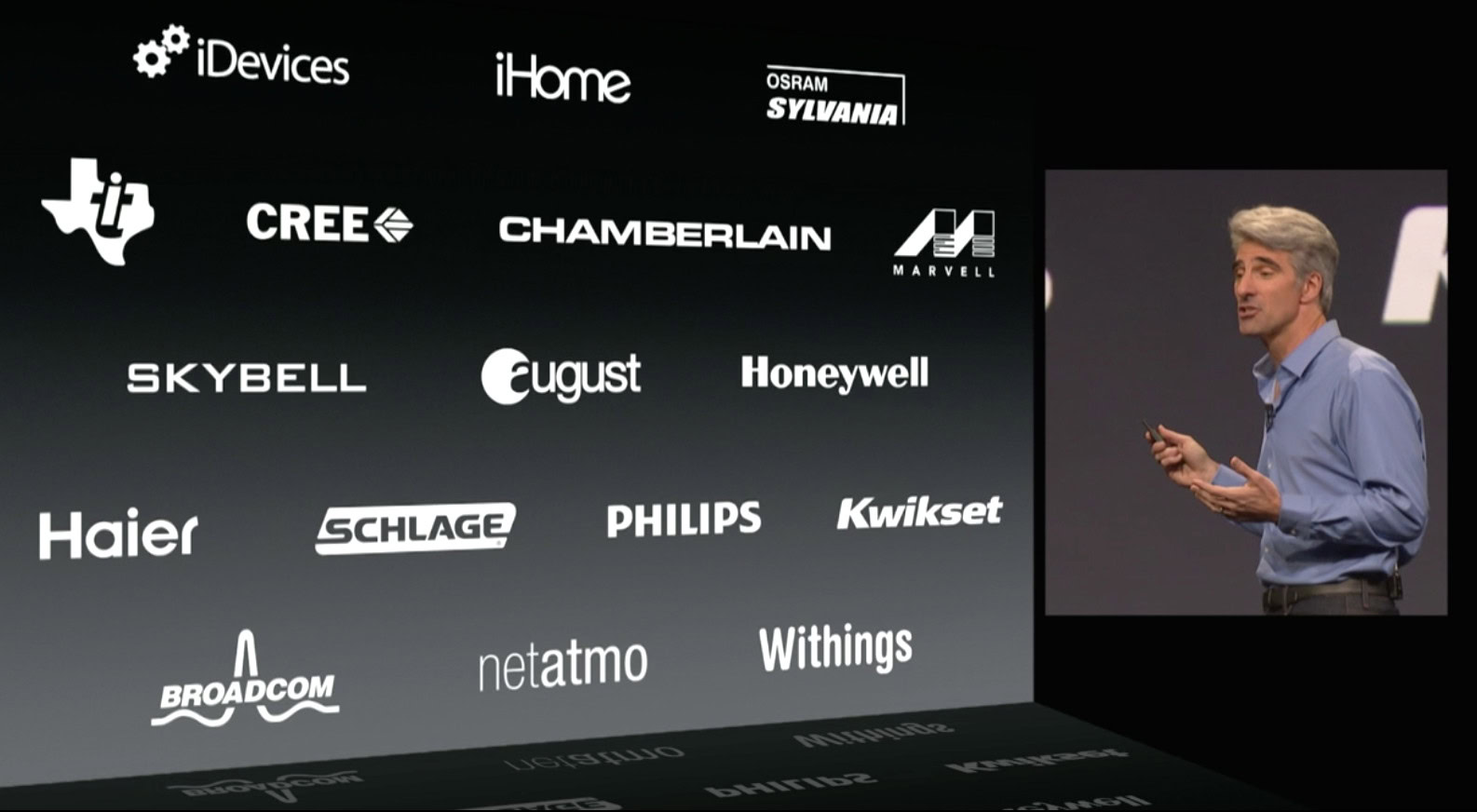Affiliate links on Android Authority may earn us a commission. Learn more.
The battle for the connected home

Imagine a system where your home tracks you through your smartphone. The heating in your house fires up when you’re 20 minutes away, the garage door opens as you pull into the driveway, the front door unlocks itself, and, as you enter, the lights in the living room blink to life and some music starts to play through your wireless speakers.
The technology to achieve these things individually is already here. What’s really lacking is the glue to hold it all together, allow your systems and appliances to communicate, and offer a single point of control.
Two major plays to provide that glue are gaining momentum. The Thread Group is aiming to be a broad coalition. It already has members like Samsung, ARM, Silicon Labs, Freescale Semiconductor, and of course Google-owned Nest. Then there’s Apple’s HomeKit which has named partners like August, Philips, Honeywell, and TI.
A huge opportunity
According to Berg Insight there are already more than 6 million smart home systems across the U.S. and Europe. The firm says the industry was worth $2.2 billion in 2012, but will grow to $12.8 billion by 2017, by which point there will be more than 35 million smart homes.
A report from the Joseph Rowntree Foundation found that 45% of respondents were interested in smart home features, 70% value the safety and security features, and 59% see the appeal of remote access. 40% of those asked said they could see themselves living in a smart home within ten years. That report came out in 2000! So where are our smart homes?

Why are we waiting?
The depressingly predictable reason that the home automation industry has failed to really ignite over the last decade or so is a lack of standards. Individual companies have produced plenty of products, but they aren’t compatible.
You could have one app for controlling your lights, another for your thermostat, and yet another for the front door, but that doesn’t deliver on the promise of home automation at all. Where’s the convenience?
There are two main problems to solve.
- How do we join our devices together and give them unique IP addresses without overloading our current networks?
- What is the application layer that sits on top to give us control and to bring the “smart” to smart homes?
Smartphones are ubiquitous now and they’re an obvious candidate to serve as the remote control for home automation systems. It’s no surprise that Google and Apple see a major opportunity here. It’s also no surprise that they’re taking different approaches to it.
Google and the Thread Group
The Thread Group was announced in July as a non-profit, joint effort to create a wireless IP-based networking protocol that can easily and safely connect more than 250 devices.
The press release explained “Unlike many existing technologies or IoT approaches, Thread is not an application protocol or a connectivity platform for many types of disparate networks. Thread is an IPv6 networking protocol built on open standards, designed for low-power 802.15.4 mesh networks. Existing popular application protocols and IoT platforms can run over Thread networks. A version of Thread is already being used successfully in Nest products today.”
So they’re solving problem one by building the underlying mesh to join devices together, but individual vendors can offer different applications to sit on top.
Hitting the market fast is the aim here which is why they’re employing existing technologies instead of building a new standard. In October Google announced that new members can apply to join and memberships start at $2,500 per year. They want to start certifying products by the summer of 2015.

Apple’s HomeKit
At WWDC in June Apple announced the HomeKit framework so that hardware and app developers can plug into iOS 8. It’s a platform to help integrate home automation systems and enable the use of an iPhone or an iPad as the remote control. That includes Siri integration so people can potentially use voice commands to control lights, locks, and more.
So HomeKit is solving problem number two (for iOS) by building an application layer for control of home automation products and systems.
To tap into HomeKit, hardware developers will have to go through Made for iPhone/iPod/iPad (MFi) certification. App developers can get stuck into the HomeKit APIs now and they’ll need to pass the usual App Store review. It allows hardware manufacturers to integrate with iOS without creating a special app. It also enables app developers to create a home automation app without having to integrate a specific piece of hardware.

Are they really competitors?
Thread and HomeKit are not really alternatives. HomeKit is just Apple saying here’s how to conform to our standards if you want your product or app to work on the iOS platform. Thread is about building the underlying network. Strictly speaking there’s no reason that they couldn’t work together.
Not the only game in town
There are also still many other competitors in this space. Thread appears to be building on the technology that ZigBee has been using, but it’s not compatible. There’s also the proprietary technology of the Z-Wave Alliance. That’s before we consider major players like the Open Interconnect Consortium (Intel, Dell, and Samsung), or Qualcomm’s open source AllJoyn and the AllSeen Alliance (LG, Microsoft, Panasonic, Sony, Sharp, Haier, and others).
You’ll also find various developers and service providers trying to act as middle men and provide hubs or subscription services that tie disparate products together. Do consumers care about the underlying standards if the whole thing works? Even some manufacturers have fingers in multiple pies.
Courting developers
Ultimately it’s not like there has to be a common standard before we can start using home automation products. You can buy a wireless speaker that supports Bluetooth, Wi-Fi, AirPlay, and NFC. Manufacturers are in the unenviable position of having to ensure compatibility with multiple standards, or bet big on what they think will win.
All these groups have to get software and hardware developers interested in what they have to offer. It would actually help all concerned if they started to work together. A common standard would make home automation more user-friendly and help bring the price down, which would go a long way towards sparking consumer interest, but don’t hold your breath for that. It’s a messy situation and it doesn’t really look like it’s going to get any clearer in the short term.